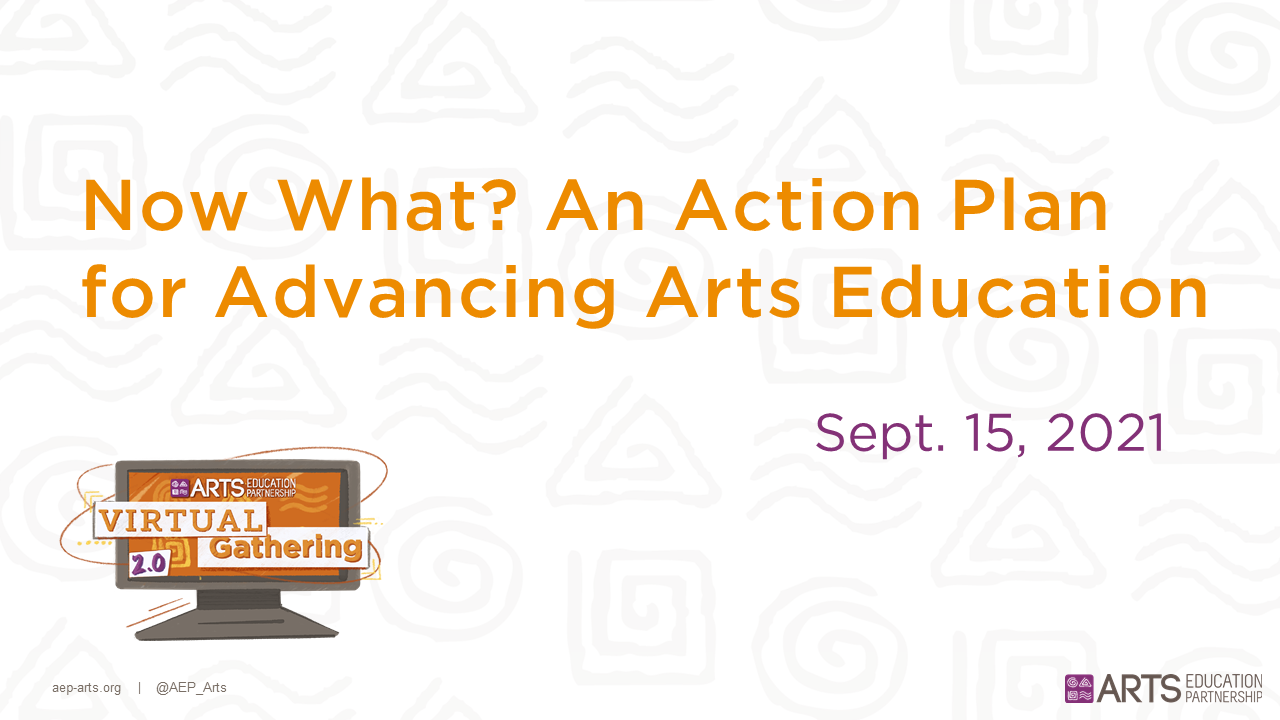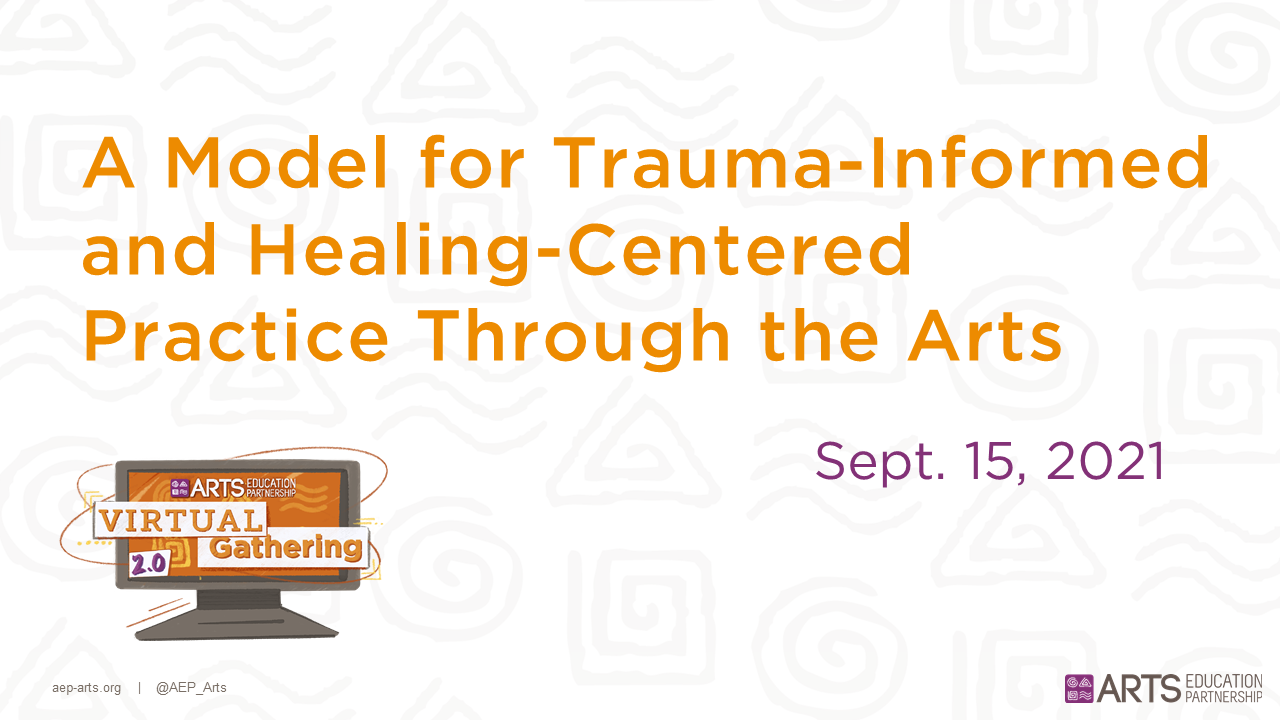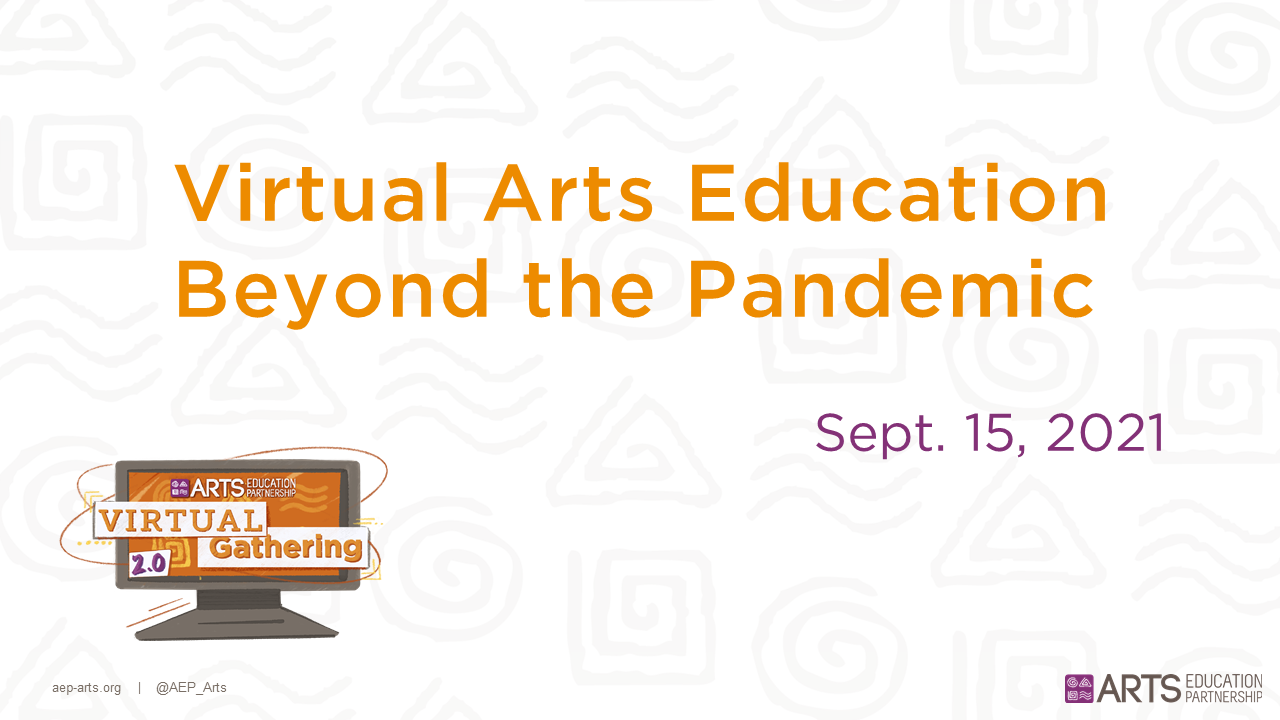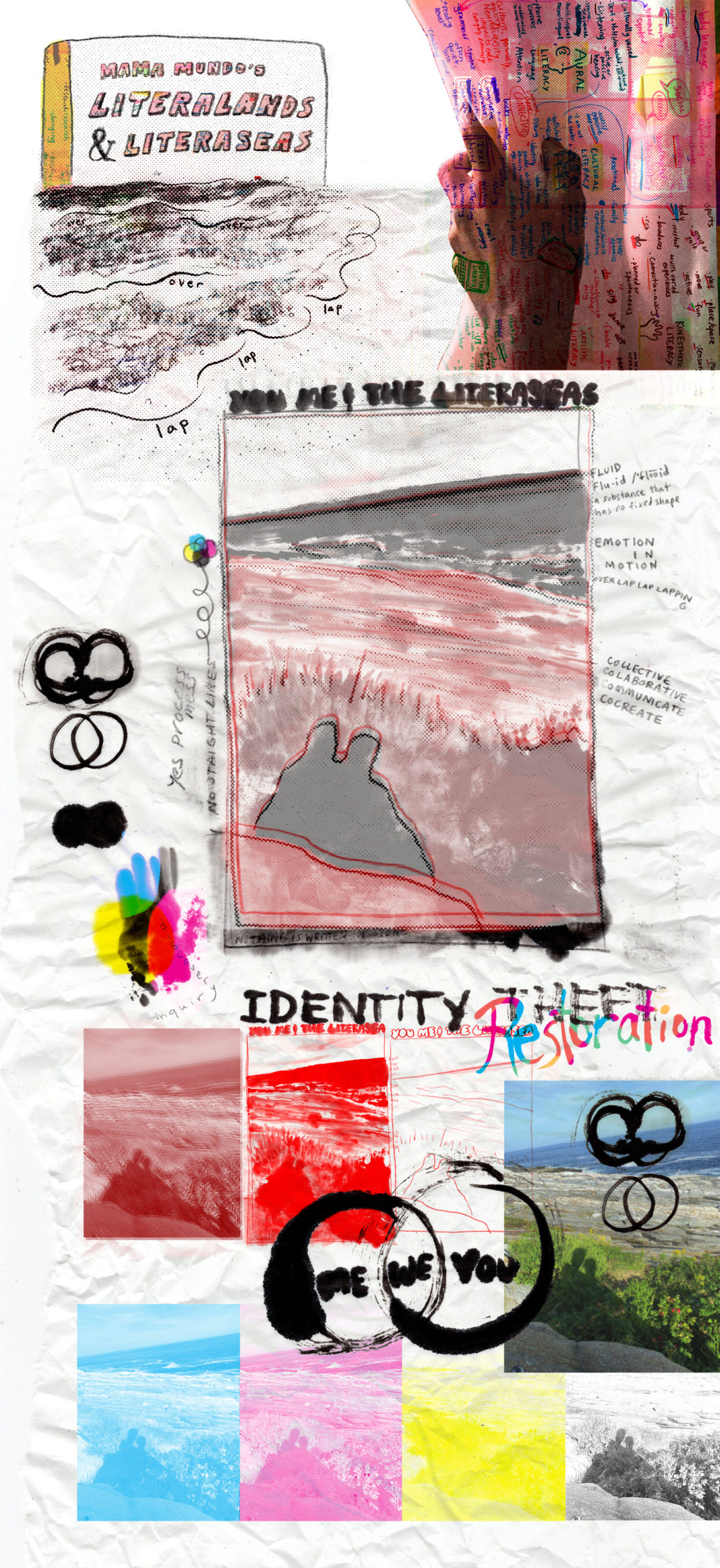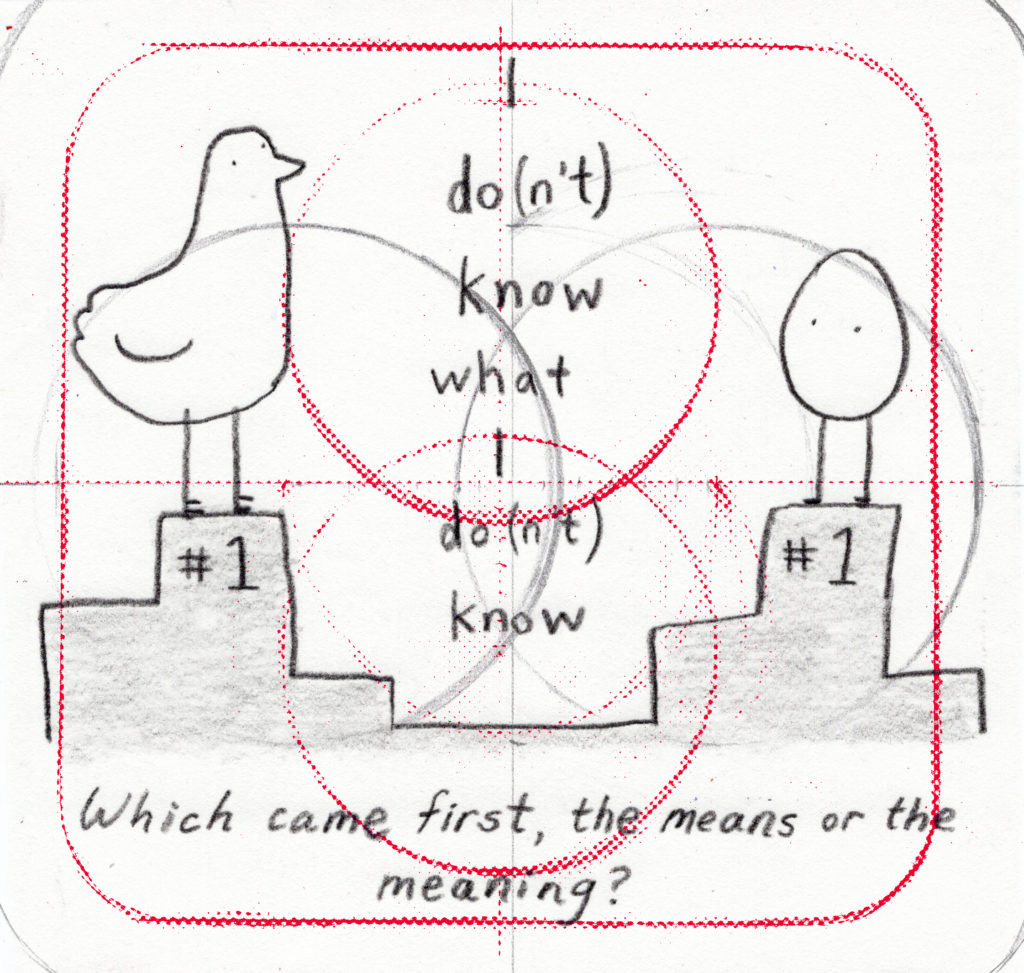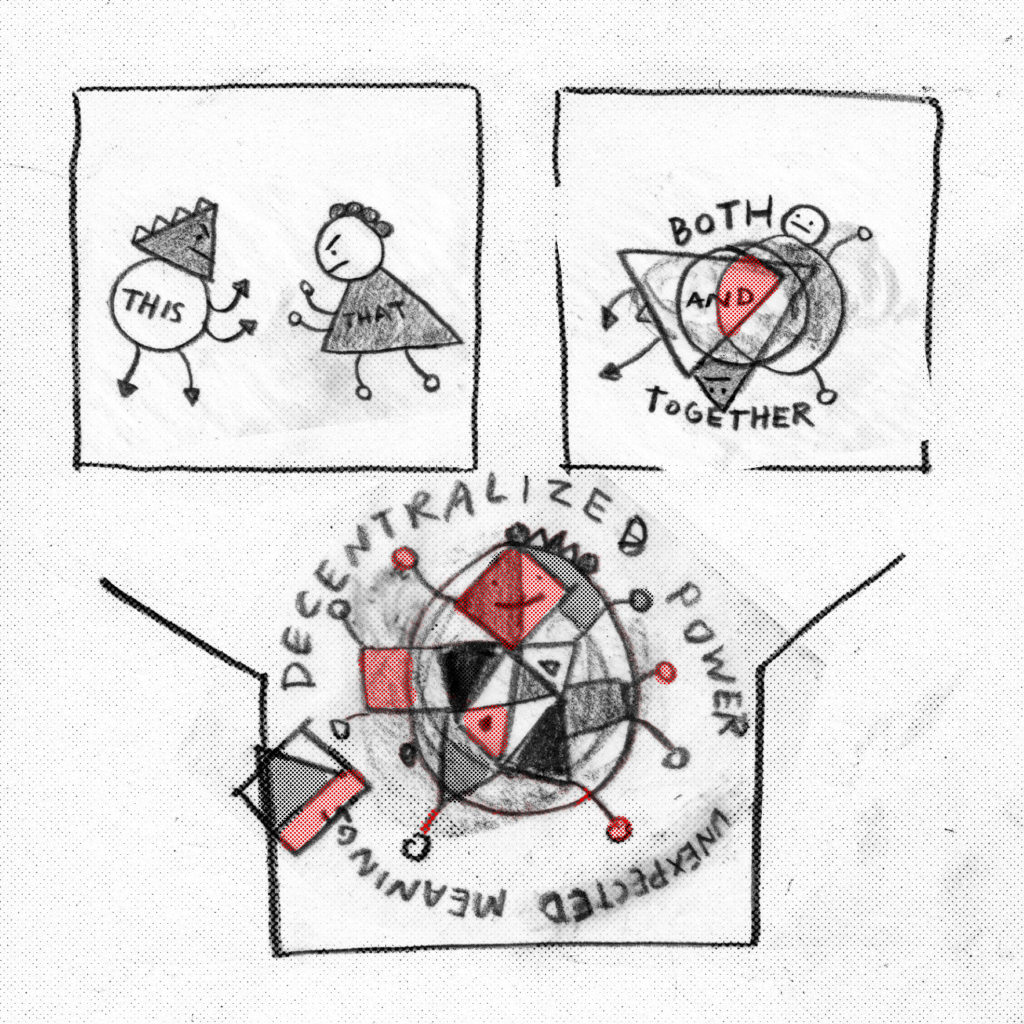Description
In what ways can young people draw connections between their lives today and oral traditions or culturally rooted poetry traditions that span generations? How can technology be employed to make traditional arts accessible in a remote learning environment? How can it serve students’ social and emotional learning in meaningful ways? What are the creative strategies teaching artists can use to center marginalized or unfamiliar traditional art forms while also helping their students center their own experiences? These are some of the questions presenters address in this session facilitated by City Lore Director of Education Programs and poet Sahar Muradi and featuring teaching artists Mei Kazama and Samira Sadeque. Mei Kazama presents on their experiences teaching the art of kamishibai, a traditional Japanese narrative form that brings together illustration, text, oral narration, performance and community engagement. Samira Sadeque shares on teaching poetry traditions such as haiku duels and praise poems by integrating video, anime, virtual guest visits and other tools and strategies. The session conveys the surprising potential presenters discovered in combining oral forms, technology and personal narratives in cultivating a healing space for young people to process their experiences of the last year, with a specific emphasis on the opportunities for culturally responsive and sustaining teaching through traditional culturally based art forms. Presenters share insights, resources, technology tools and sample lessons they developed, and invite the audience to share their thoughts and experiences and insights.
Presenters
Mei Kazama, Teaching Artist, City Lore
Sahar Muradi, Education Director, City Lore
Samira Sadeque, Teaching Artist, City Lore
Access additional 2021 AEP Virtual Gathering resources here.

